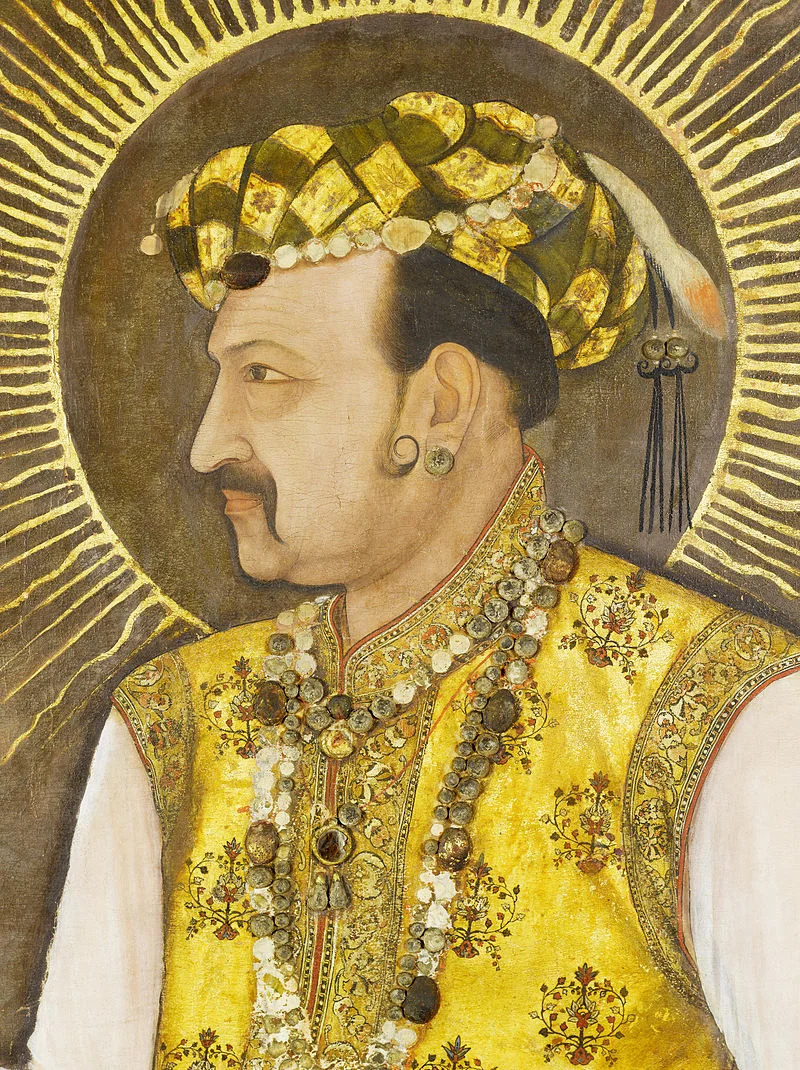Pem Nem, a love story of longing, despair, and ultimate unification is discussed in this pod as an example of the multiculturalism of the Deccan Sultanate courts of the seventeenth century. Seen as a period of cultural efflorescence, the reign of rulers like Ibrahim Adil Shah II (r.1579-1627) of Bijapur and Muhammad Quli Qutb Shah (r.1580-1611) of Golconda, themselves creative and erudite, are marked by the vivid richness of their court cultures and the vast literary and artistic production of the period.
Prince Shah Ji with the impression of his love princess Mah Ji whom he has never met, seen pining for his love here and framed by the flames of his passion. Image courtesy: The British Library (see below for link).
You can access more images at the British Library and The Met.
References and further reading:
Deborah Hutton, "The Pem Nem: A Sixteenth-Century Illustrated romance from Bijapur" in Sultans of the South: Arts of India's Deccan Courts, 1323-1687, edited by Navina Najat Haidar and Marika Sardar (Metropolitan Museum of Art and Yale University Press, 2011): 44-63.
D.J. Matthews, "Eighty Years of Dakani Scholarship", The Annual of Urdu Studies, No. 8 (1993): 91-108.
David Matthews, "Pem Nem: A 16th Century Dakani Manuscript" in From Cairo to Kabul: Afghan and Islamic Studies presented to Ralph Pinder-Wilson, edited by Warwick Ball and Leonard Harrow (London: Melisende, 2002): 170-175.
Marika Sardar, "The Manuscript of the Pem Nem (The Laws of Love)" in Sultans of Deccan India 1500-1700, Opulence and Fantasy, by Navina Najat Haidar and Marika Sardar (New York: Metropolitan Museum of Art, 2015): 97-98.
Mark Zebrowski, Deccan Painting (Sotheby Publications, University of California Press, 1983): 67-121.



